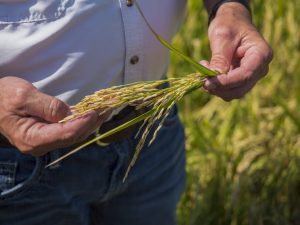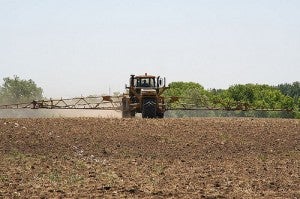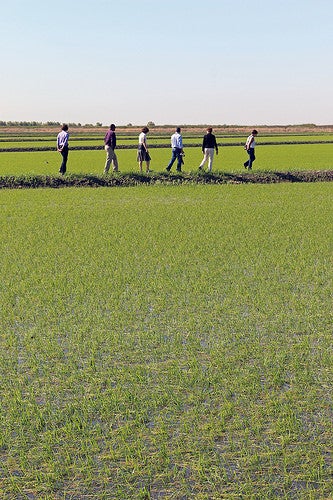
Rice held by Jim Whitaker of Whitaker Farms. Credit: Adam Jahiel.
I want to tell you a story about a handful of growers whose commitment to sustainability and desire to innovate inspired an ag carbon credit movement.
Today, the first ever carbon credits generated from rice farmers were sold to Microsoft, all because of a handful of pioneers who tested out a radical idea – that by implementing conservation methods on their crops, farmers could reduce methane emissions and thereby generate a carbon credit that could be later be sold on the carbon market. Not to mention the fact that these farmers also reduced water use by as much as 30 percent. Read More










 Over the past decade, private investment in conservation has more than doubled, with sustainable forestry and agriculture investments as the main drivers of growth. This unprecedented expansion in “impact investing” or “
Over the past decade, private investment in conservation has more than doubled, with sustainable forestry and agriculture investments as the main drivers of growth. This unprecedented expansion in “impact investing” or “

